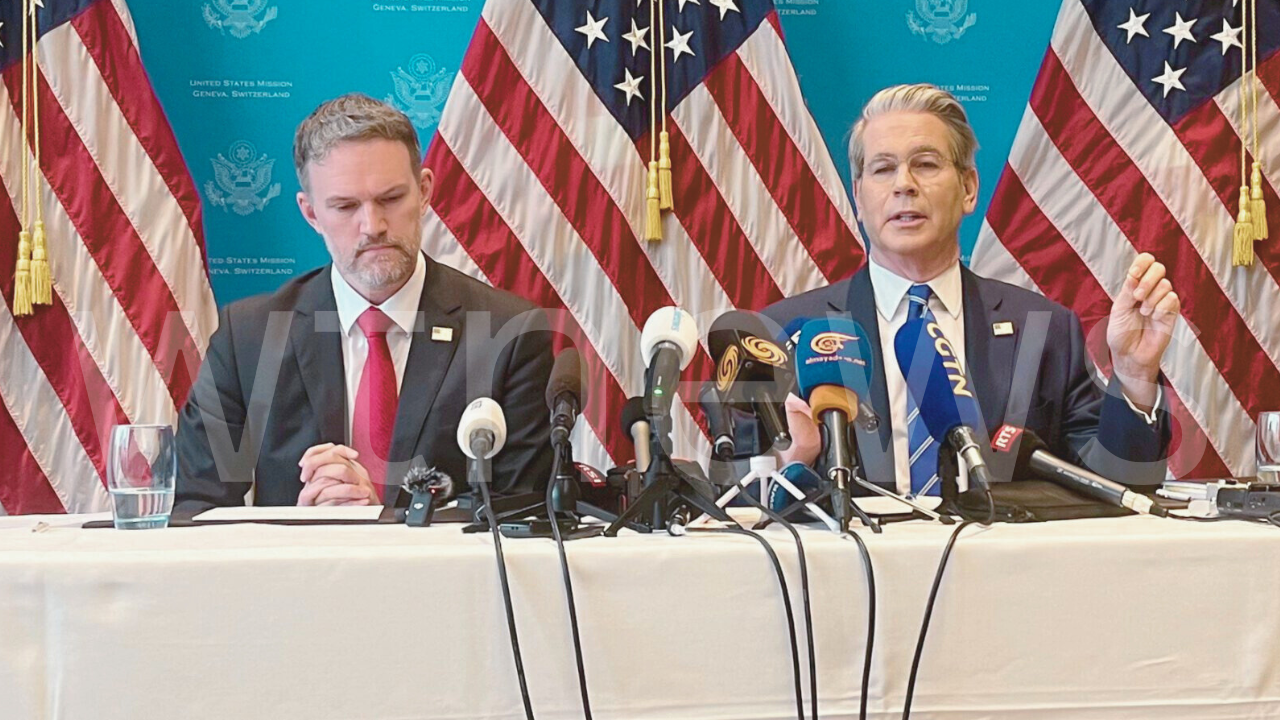In a significant move to ease tensions in the prolonged trade conflict, the United States and China agreed on Monday to a temporary rollback of tariffs, pausing further economic escalation. This development marks a rare moment of cooperation between the world’s two largest economies, both facing pressure from industries and consumers affected by rising trade barriers.
Despite earlier assertions that tariffs would remain unless China made major concessions, the U.S. administration agreed to reduce some of the steep import duties it had placed on Chinese goods. In return, China agreed to scale back its own retaliatory tariffs, and both nations pledged to resume formal trade negotiations over the next 90 days.
The U.S. tariff on Chinese products will be reduced from 145% to 30%, while China’s tariffs on American imports will drop from 125% to 10%, bringing rates closer to pre-April levels. Though no long-term deal was reached, both parties emphasized the importance of continued dialogue.
U.S. Treasury Secretary Scott Bessent stated during a press briefing in Geneva that both sides acknowledged the high economic cost of continued decoupling. He emphasized shared interests and hinted at a possible future deal involving increased Chinese purchases of American goods.
The truce follows growing economic strain on both fronts. American firms had halted imports, awaiting a resolution, while Chinese exporters faced a decline in U.S. orders, seeking new markets in Southeast Asia.
The agreement also included discussions on curbing the export of fentanyl ingredients from China, a concern raised by U.S. officials. While a baseline 10% tariff remains in effect, along with a 20% levy linked to fentanyl-related demands, both countries signaled a willingness to find common ground.
During Trump’s first presidency, average U.S. tariffs on Chinese goods hovered around 19%. The second term saw comprehensive tariffs across all Chinese imports. Critics note that while this truce reduces tensions, it lacks binding commitments on currency manipulation or trade imbalances.
Markets responded positively, with major indices in Hong Kong and New York both seeing a 3% surge. Analysts called the deal a step forward, though uncertainty persists due to the temporary nature of the agreement.
Chinese authorities framed the negotiations not as a concession, but as a step to avoid further damage. Meanwhile, internal meetings continued in China to reinforce export controls on vital resources, despite the easing of some punitive measures.
International observers, including the European Chamber of Commerce, welcomed the announcement but warned that more permanent solutions are needed to protect global supply chains from future disruptions.
SEO Keywords:
-
US-China trade war 2025
-
US-China tariff truce
-
China trade agreement with US
-
Trump China trade policy
-
global trade tensions 2025
-
economic impact of tariffs
-
US-China 90-day trade deal
-
American manufacturing recovery
-
Chinese export controls
-
fentanyl trade negotiations
